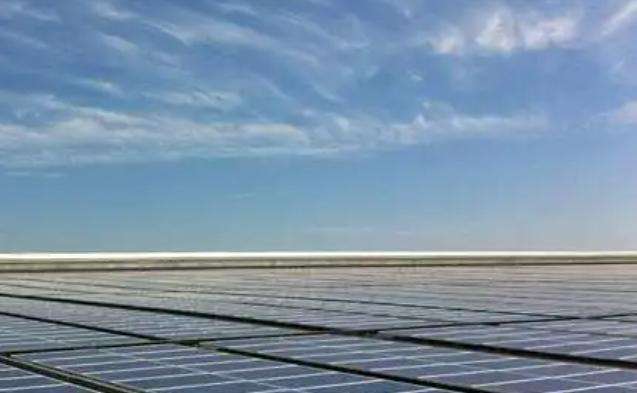Why not add a solar charging panel on the roof of the car to extend battery life.
Solar panels can produce electricity when it there is sunshine. So in theory you can use solar panels to charge the car battery, but why don't new energy vehicles in real life use this solution? In fact, there is still some gap between theory and practice, even though solar panels can produce electricity as long as there is sunshine. However, if the electricity production is too low, it has no practical significance. Taking a new energy vehicle battery with a capacity of 70 kWh as an example, the electric energy generated by the roof solar panel is just a drop in the ocean and can be used. only increases battery life by a few miles per day. The con rateversion of solar energy is approximately 150 watts per square meter.
Of course, there are better. The roof of the car can be up to two square meters, which is 300 watts of electricity generation. If you guarantee 8 hours of sunlight per day, you will get 2.4 kilowatt hours. of electricity and 0.53 yuan per kilowatt hour of electricity, the daily exchange rate is 1.27 yuan. Now the tram has around 15 kilowatt hours of electricity per 100 kilometers and can travel 16 kilometers per day. It's like a drop in the bucket. Vehicles are exposed to the sun every day and age seriously. The power generated by a car with a basement is even more pitiful. Its power output is not enough to drive a moving vehicle. parked is too low, so it is more suitable to build large solar panels to generate electricity.
Some users who playoften outside choose to install a set of solar charging panels on the roof of their car, of course I don't pay much attention to trams and think there should be pure ones; electric vehicles equipped with solar charging on the Bar roof? In fact, it is a balance between cost and performance. The capacity of the vehicle's lead-acid battery is too small, so the solar panel on the roof can achieve a certain effect. However, the pure power battery capacity of electric vehicles is too large, and the charging effect of solar panels is too negligible. Comparing lead-acid car batteries with electric car batteries is like comparing a bathtub to a swimming pool. of Sonata Hybrid is on the high-end model of installed solar panels.
Only certain cars built specifically for the environment will consider installing panelssolar! Generally, solar panels can only be used in relatively large areas, especially in places with good lighting conditions, but when used on cars they are more of a gimmick than a real effect. The main issues concern technological maturity, overall availability and cost-effectiveness. Installing rooftop solar can increase the battery life of electric vehicles by around 5-10% at the current technical level, especially in scenarios where air conditioning is insufficient. used in winter and summer, already has practical value.
What are the size specifications of solar panels?
With the continuous improvement of environmental awareness, the use of solar panels has become more and more popular. The size of solar panels is a very important issue because the bonne size can better adapt to different environments and needs.
The size of solar panels is usually measured in terms of power, usually in watts. In the market, the sizes of solar panels are relatively diverse, and the common specifications are as follows:
1.50 watt solar panel: This specification is suitable for small applications, such as outdoor lighting, small water pumps, solar chargers, etc. Its size is generally 650 mm x 540 mm.
2100 Watt Solar Panel: This specification is suitable for medium-sized applications, such as solar light poles, solar home appliances, etc. Its size is generally 1000 mm x 670 mm.
3200 watt solar panel: This specification is suitable for large-scale applications, such as solar power systems, outdoor billboards, parallel systems.network links, etc. Its size is usually 1580 mm x 808 mm.
4300 watt solar panel: This specification is very popular in recent years and is suitable for household photovoltaic power plants, industrial purposes, etc. Its size is usually 1956 mm x 992 mm.
Of course, in addition to the specifications above, there are also custom solar panel sizes to meet specific needs. For example, some users need large-sized solar panels to cover their roof, and they need to get the right size through customization.
In addition to size, the thickness and weight of solar panels are also factors to consider. Generally speaking, the larger the solar panel, the heavier it will be. Therefore, when installing solar panels, you need to ensure that the brackets and supporting structures are strong enoughto support their weight.
In general, specifications and sizes of solar panels should be selected based on specific needs in order to achieve the best results in terms of cost-performance and usage.














